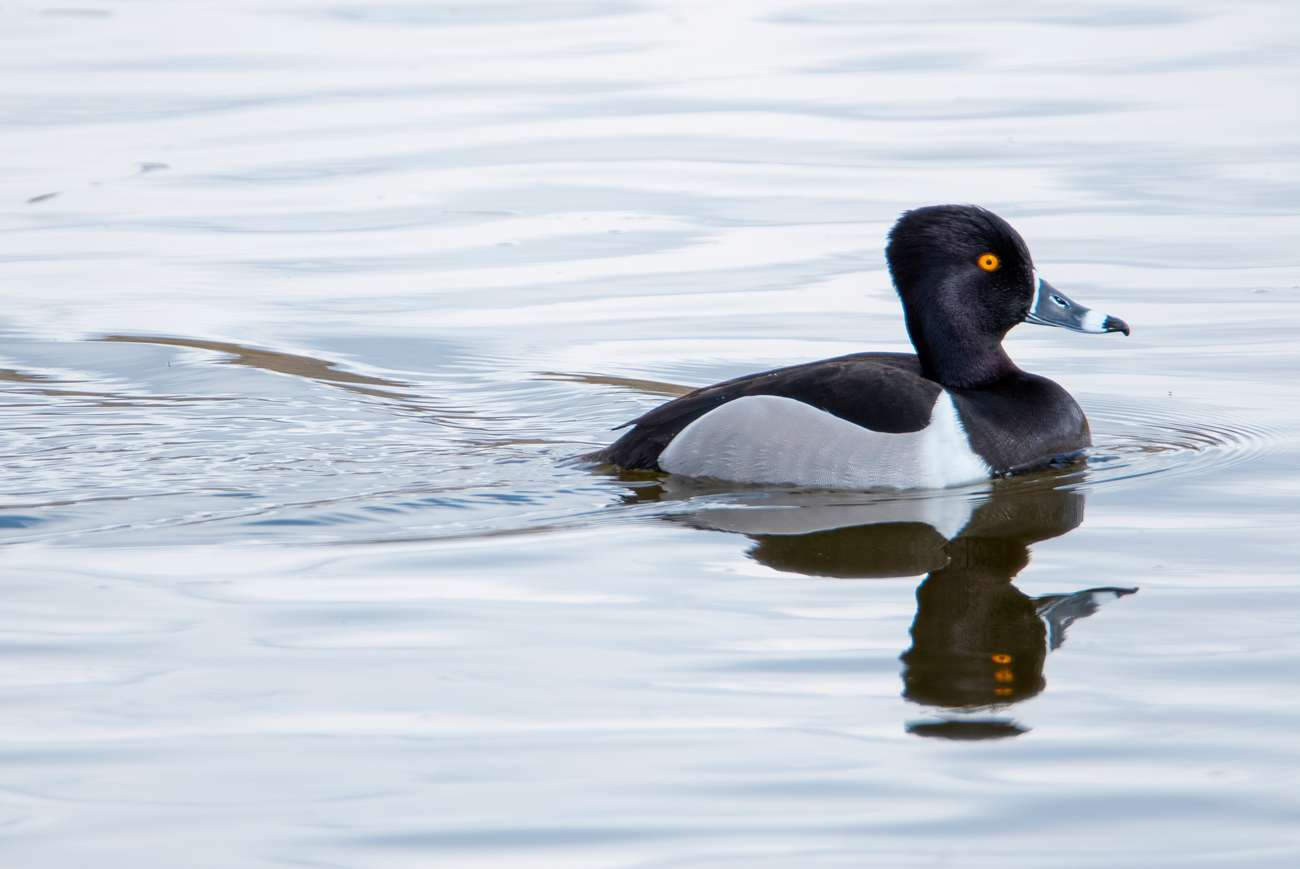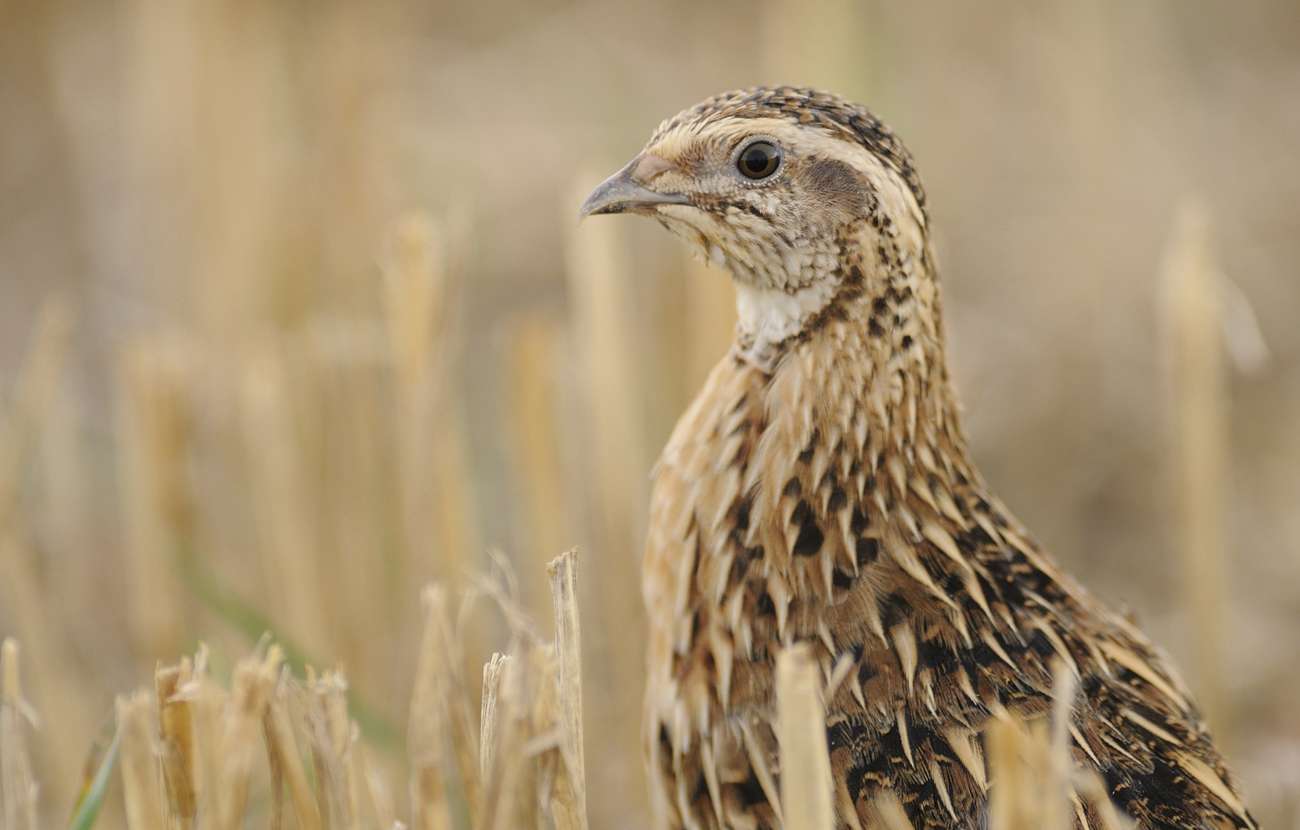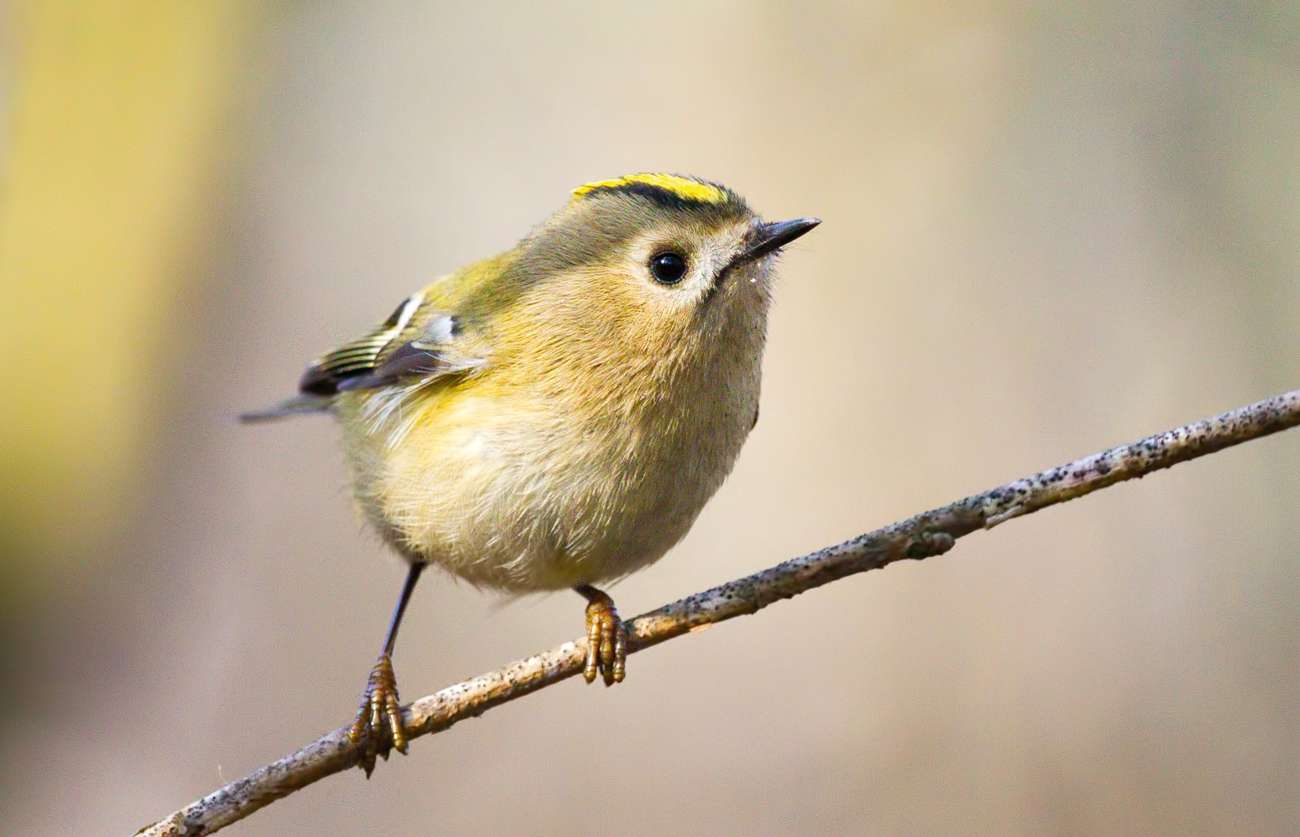
Ring-necked Duck – USA
I’ve met folk around Cranleigh who – even before lockdown – rarely ventured beyond its boundaries.
A lot of our commuters to the capital have not returned to work there for over 16 months. But that’s nothing.
I once met an elderly gentleman who swore on his ‘well-whiskied’ breath – as World War I poet Wilfred Owen might have put it – that he had never been to London in his life.
For him, and many others, the Cranleigh area has always been their world. During the pandemic it has become the centre of the world for many more of us!
Holidays are ‘out’ for many of us this August, for the second year running, due to Covid-19 and we won’t be travelling anywhere.
Birds, on the other hand, are free to roam and as our summer visitors prepare to leave over the next few weeks I have been pondering on where some of them go.
Thanks to the historical recoveries abroad of species ringed while visiting the Cranleigh and Ewhurst area we can build up a fascinating picture of where some of our birds end up. It puts Cranleigh and Ewhurst bang in the centre of the world map!
Back in 1965 a Quail presumably spent a happy time on its summer vacation in a Ewhurst field, where it was briefly trapped and ringed early in May.

Quail – Spain
But on its way home to Africa it was sadly shot on migration in north-west Spain four months later. It became famous because it was the first foreign recovery of this species from Britain.
A Lapwing, ringed in the village in September 1961 in the days when they regularly bred on our fields, also met a similar fate seven autumns later as it passed over Dukhovshchina, Smolensk, in the old USSR.
Pied Wagtails are commonly seen year-round in our area but they do go further afield, as did one ringed here
in September 1962. The same bird was seen again at Mirandela, Portugal, the following February.
Members of the Thrush family venture far and wide, as proved by several ringing recoveries from here. One Redwing that dropped in to see us on its journey, maybe from Lapland, was later seen further south in France.
Its bigger brother, a Fieldfare that probably spent the winter feasting on our hedgerow fruits and grassland worms, made it safely back to Norway, where it may well have begun its life.
A female Blackbird ringed in Ewhurst flew on to Arnhem, The Netherlands, where it was found dead two years later. Our Song Thrushes have also been traced to Portugal and France – the latter also the destination of a local Mistle Thrush.
There is a Portugal and French connection too with our summer visitor the Common Whitethroat. One was shot on migration one September, exactly a month after being ringed in Ewhurst, while another was found in October at La Gironde, France, some 430 miles south after a visit to us in July.
Hopefully it was luckier than the Common Whitethroat which presumably made back to Africa for at least two winters. Its ring was found in a car radiator a couple of years later – in Caversham, Reading, after a drive from Fleet in Hampshire.
As I have written before in this column, a radiator was the end of the road for one of our Barn Swallows. It was found dead three months later in Kimberley, South Africa – on the mayor’s car.
That often-skulking Garden Warbler is another ringing recovery that presumably enjoyed four returns to Africa and back before heading further north to breed. It was found dead four years later in Tonsberg, Norway.

Goldcrest – Belgium
Don’t think our smallest bird cannot travel either. The Goldcrest, which loves our Scots pine forest in the Surrey Hills and often quietly visits our gardens, made it safely for a winter holiday across The Channel. It was caught again, three months later, in Liege, Belgium.
Our Starlings have made it to Belgium, France, and Germany, Chaffinches to Germany and Belgium, Greenfinches to France, Goldfinches to France and Spain (one was shot – that’s what happens to a lot of ‘our’ birds).
Last but not least – the Robin. That little fella that bred in your garden is probably not the same bird visiting your winter bird table. ‘Ours’ have been discovered in France in January and one enjoyed a Spring holiday – like a lot of us would – in Klosters, Switzerland.
*Where birds have come from before visiting us is outside the scope of this article. But to ensure we have an arrow on our map connecting us westerly to the United States I nominate the male Ring-necked Duck, only Surrey’s third, that visited us for several weeks from January 1996 and became Sussex’s second record just over the border on Warnham Mill Pond.

*The records here are a tribute mostly to the amazing work of Messrs Les Weller and his son John who, between the years of 1939 and into the 1990s, trapped tens of thousands of wild birds for ringing on their poultry farm in Ewhurst.
Their records show many birds were just passing through Surrey on journeys to distant countries. Others proved to be long staying residents.
Some were unique to the area. Still others, our Surrey bred birds, survived across boundaries known only to man – only to be eventually shot or otherwise killed by him.
When I was writing a record of the status of birds in an around England’s largest village (Birds of the Isles of Surrey, published in 2000 and long since out of print) John told me: ‘In my boyhood there were 23 working farms in Ewhurst.
‘Now there are none. There’s so much less habitat. Tell those who read what you are writing to enjoy the birds…while they can.’
Twitter – @Crane_Spotter
Click here to see all of Robin Stride’s previous Crane Spotters.











